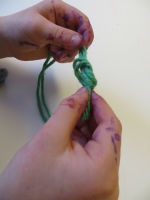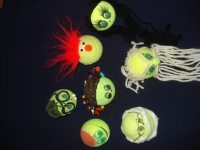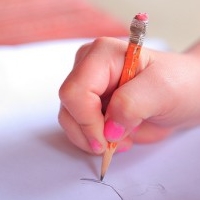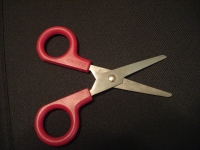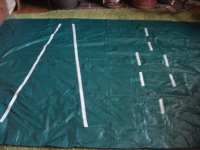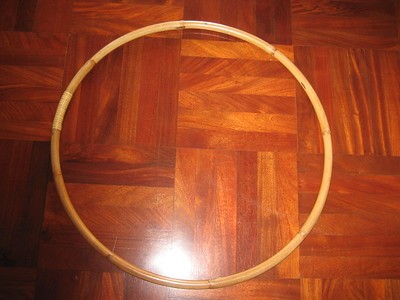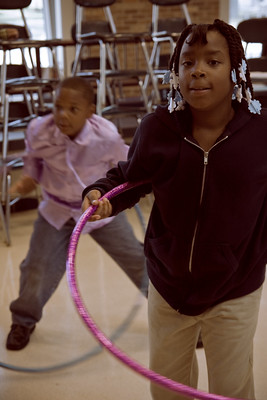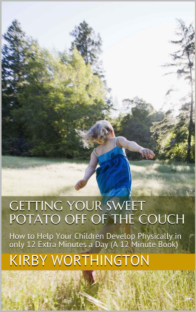Bean bags are fun learning materials for babies, preschoolers, and even older children. The easiest bean bag to make is to fill a child's sock with popcorn, beans, or rice, and then tie a knot in the end of the sock.
For babies, give them a bowl full of bean bags and let them pull them out and put them in. Say "out" and "in" as they move the bags. This is good for eye-hand coordination, hand strength, and learning the concepts of out and in.
As children become able to stand, bean bags work great for throwing games. For ways to teach throwing skills, see this post. A first step is just to have your toddler stand over a bowl and drop the bean bag in. Next, you can teach the throwing motion. Have your toddler or preschooler hold the bean bag and swing their arm back and forth. Tell them to let go when their hand comes forward. You can have them experiment with letting go at different points so that they can see what happens. It takes some time to get the hang of letting go when you swing your hand forward.




